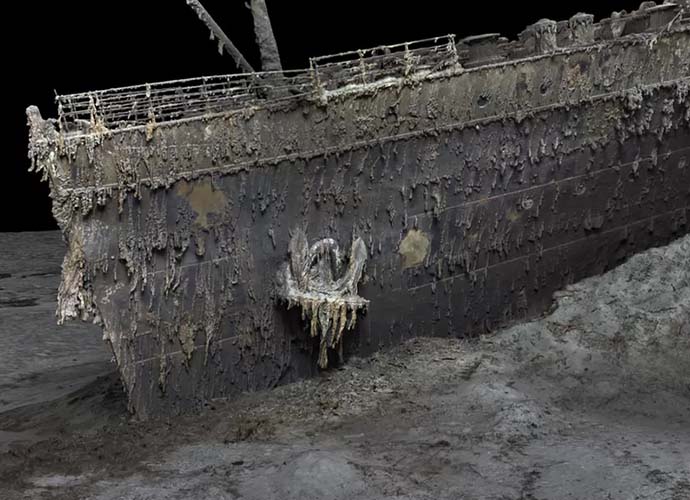U.S. Navy Detected Implosion Of Missing Titan Submersible When It Happened
Sensors controlled by the U.S. Navy detected the implosion of the Titan hours before the U.S. Coast Guard announced the submersible was missing.
The Navy registered “an anomaly consistent with an implosion or explosion” in its acoustics data on June 18, in the general location where the Titan had gone missing.
The Navy said in a statement that the data was shared with the Incident Commander to help with the search and rescue mission.
The Navy reportedly noticed the disturbance with its Sound Surveillance System (SOSUS), an underwater cable system that detects underwater anomalies to spot enemy submarines.
News of the data broke last week, leading some experts to claim that they knew of the implosion early in the week. James Cameron, director of the 1997 movie Titanic, said he had a suspicion about the implosion and told CNN’s Anderson Cooper that he felt “terrible for the families that had to go through all these false hopes that kept getting dangled as it played out.”
The Coast Guard publicly stated that it was searching for the Titan on June 19. The submersible was carrying a pilot and four tourists when it lost communication with the control ship about two hours after its initial dive. During the search, officials said that the Titan’s passengers may have been able to survive using emergency oxygen supplies.
But the submersible’s tail cone was later found on the seafloor about 1,600 feet from the Titanic. All five of the passengers were declared dead.
The cause of the implosion remains unknown. The Titan’s safety was questioned on the days during the search and rescue where former employees and industry experts raised doubts, especially about the design of the submersible’s hull.
RELATED ARTICLES
Get the most-revealing celebrity conversations with the uInterview podcast!








Leave a comment